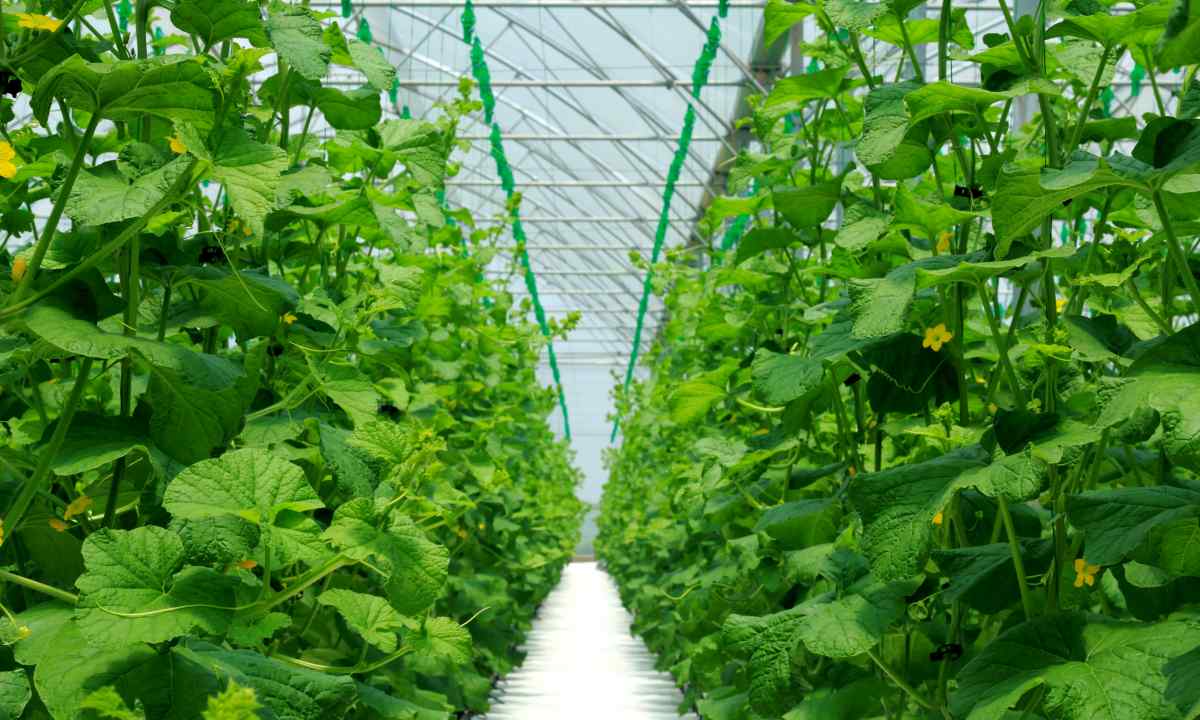At ours – midland of Russia – climate it is impossible to try some early vegetables and greens from the kitchen garden without use of the greenhouse. The true gardener does not even represent the site without the construction sparkling film surface in the form of small hangar.
Instruction
1. The greenhouse is called the building with artificial microclimate inside, suitable for cultivation of plants. That the last normally grew and developed, the soil of certain structure, warmly, light, moisture are necessary for them. All these conditions are provided in the open ground only during the short summer. To grow up plants in the spring, in the fall or even in the winter, it is necessary to create artificial climate. For this purpose also greenhouses serve
2. The structure of greenhouses is different – arch, dual-slop, trapezoidal. The greatest distribution was received by arch design – as the most technological and economical concerning the used materials. The frame structure of framework of the greenhouse becomes covered with translucent material – glass, polyethylene film, cellular polycarbonate. The last has come trudging the greatest popularity thanks to the ease, durabilities, the raised teploizolyatsionnost.
3. The main destination of the greenhouse is in creating in it temperature, optimum for plants. Various heating devices – batteries of hot-water heating, heat guns, heaters and so forth are for this purpose used. Greenhouses can not have the heating equipment, being used as normal hotbeds. Temperature increased in comparison with external air in this case is provided with the greenhouse effect created by translucent material.
4. Greenhouses can be used as for cultivation of early seedling which at approach of warm time is replaced to the open ground, and for cultivation of the plants remaining in the greenhouse on all the vegetation period – most often, tomato.
5. The technology of hothouse cultivation in the basis does not differ from the technology applied in the open ground. Plants land in the form of seeds or seedling in soil or pots, pour down, fed up, weeded, if necessary pasynkutsya and tie, etc. However there are also some differences in cultivation of plants in the protected and unprotected soil.
6. The main difference consists in need of artificial maintenance of the necessary temperature which can fluctuate considerably depending on type of the grown-up cultures. For the majority of plants the daytime temperature in the range of 23-25 °C, night – 15-18 °C is optimum. Temperature is regulated manually or automatically by means of the operating equipment.
7. As in the greenhouse grow up plants when solar activity is limited, often there is need for artificial illumination of plants. As illumination devices use usually gas discharge lamp.
8. The closed space of greenhouses creates the increased humidity which has an adverse effect on many plants. To reduce it, the greenhouse needs to be aired well – by means of natural or mechanical ventilation.
9. Close attention is paid to watering of plants. The earth in the greenhouse does not receive moisture in the natural way in the form of rain therefore it should be watered regularly. At the same time thorough control of humidity of the earth is necessary, overwetting is dangerous by developing of diseases.
10. As the soil of the greenhouse accumulates pathogenic bacteria, it from time to time – once in 2–3 years – needs to be replaced with fresh. For this purpose remove soil layer 10-15 cm thick and take out outside, and instead of it deliver the fresh earth.

